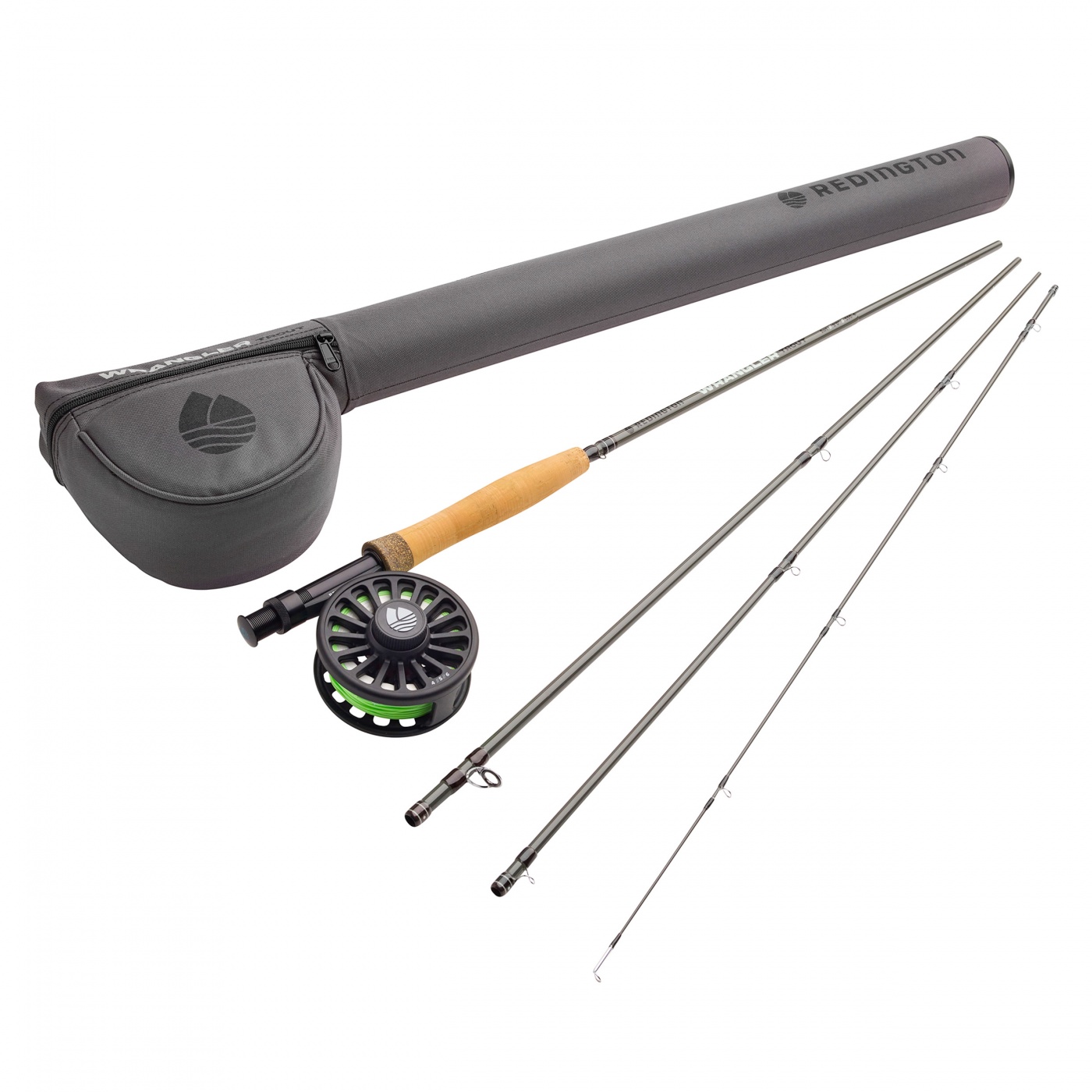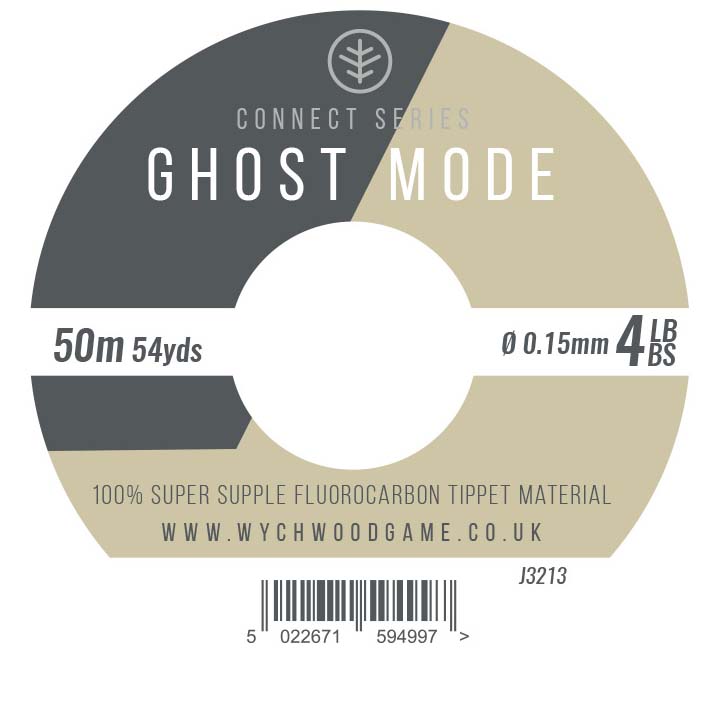Tippet Tips!
Paul Procter answers your questions on tippet!
I found Paul's newsletters very interesting, especially his information on leaders. What strength and tippet diameters would he recommend to fish various sizes of flies on stillwaters, using a 5/6 weight outfit?
Firstly, it’s pleasing to hear anglers using lighter rods on stillwaters and whilst and 5, or 6-weight outfit might be fine for dry flies and nymphs. If you fish larger, more exposed stillwaters, or use sinking lines and heavy lures frequently then a 7-weight should be considered.
There’s no question, lighter outfits protect finer tippets that in turn vastly improve presentation because they allow our flies a greater degree of freedom. As a rough guide, the tippet strength can be match to that of the rod line rating. For example, a 5-weight rod marries up to a 5lb tippet where as a 6-weight rod might use a 6lb tippet. Of course these rules aren’t chiseled in stone and we must remember trial and error is the route to success.
That said, overall it’s the size of fly that governs my tippet diameter/strength with a maxim of “the smaller the fly-the finer the tippet.” Bear in mind too, the size of trout and the topography of the water may also have an influence. For example, tackling a known big fish venue using 6X (3lb) leaders really isn’t wise, neither is fishing over weedy bays or other areas containing submerged snags. Delicate tippets are more likely to fail under these circumstances so we must look to a compromise.
Let’s take one extreme of trout feeding at the surface on midges (tiny buzzers). Having selected say, a size 20 imitation, what leader set up should we use and more importantly what about tippet strength / diameter? However slight, any ripple is going to play to our advantage as it helps mask our leader. However, imagine there’s a flat calm and the fishery in question is reputed to hold some decent sized trout.
Given this I would probably look to begin with a 5lb tippet on a 5-weight outfit. If fish respond in a willing manner then all well and good and I may even step up the tippet to 6lb for extra piece of mind. However, let’s suppose we are experiencing refusals. You know the ones, when trout come up under our dry fly and either nose it or turn away in disgust, I call it “buzzing the fly”. So, my next move would be down-sizing to a 4.5lb tippet, which believe it or not, even this slight decrease in monofilament diameter can make a telling difference.

The visible thickness between say, 5lb and 6lb monofilament of the same brand is just about perceptible to our naked eye, so does it really matter? If you’re not convinced that a decrement of approx 1lb can make a difference, then try the following. Extend 2 inch of 5lb and 6lb mono of the same brand between forefinger and thumb. With the tip of your other index finger, gently press down on the 6lb mono first and then repeat with the 5lb mono.
Not only should you see the finer 5lb mono yield that bit easier, it is possible to feel the physical difference with the 5lb length being softer. If there’s still doubt then attach a two flies of the same pattern ansd size to both monos and extend approx 4 inches in a horizontal plane. The fine diameter 5lb mono arcs over much more than the 6lb section and that’s with just a few inches or so of line (See Photo 1 where the left hand fly is knotted to 5lb mono and the right hand fly to 6lb mono). Given that a 1lb differential has a huge effect, imagine then the result if we reduced our tippet from say 6lb to 4lb. Influenced by subtle water currents the softer 4lb mono will promote a more natural movement of the fly. Equally, your tippet strength / diameter should be a matched to the size of fly you are using as relying say 3lb tippet to turn over a large, bushy mayfly is asking for trouble. Outlined below is a guide to get you started.
Fly size 6-8: 6lb to 8lb tippet
Fly size 10-12: 5lb to 7lb tippet
Fly size 14-16: 4lb to 5lb tippet
Fly size 18-20: 3lb to 4lb tippet
I’m not trying to advocate that we should always fish with the finest of tippets. Actually, my view is to employ the strongest monofilament that the prevailing conditions allow and to that end it’s surprising what trout will sometimes tolerate. I recall a successful visit on the Colorado Gunnison in American, fishing a size 24 midge attached 5lb copolymer. This might sound heavy-handed, but it was needed to tussle some hefty rainbows. Finally, do remember that overall, copolymers are softer in nature and are therefore best for dry fly, whereas fluorocarbon is more suited to nymphing.
Types of Tippet
Copolymer: Great for dry flies: Tackle|Leaders & Tippets|Polymer Coated Leaders (theessentialfly.com)
Flourocarbon: Great for nymphing and lures/streamers: The Essential Fly Fluorocarbon Tippet 7.48Lb for Trout & Grayling Flyfishing
Nylon: Ideal for wet flies and lures/streamers Rio Products Powerflex Plus Tippet For Trout & Grayling Fly Fishing (theessentialfly.com)
Tapered Leaders
9ft Tapers: Rio Products Powerflex Trout Leader 9Ft / 2.7M 1X For Fly Fishing (theessentialfly.com)





















